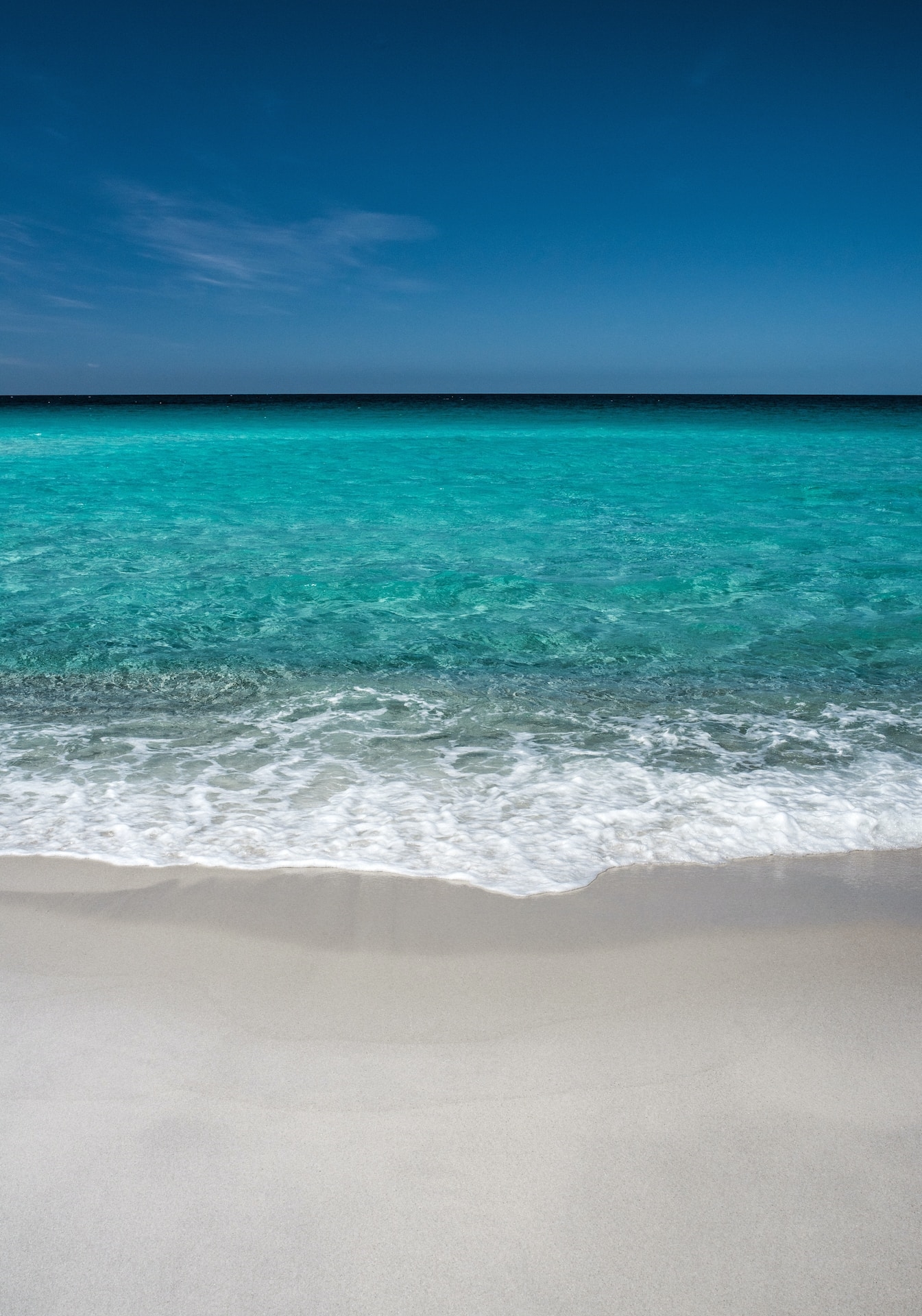If you’re planning a trip to Melbourne, Australia, you might be wondering what kind of weather you can expect. While Melbourne is known for its mild climate overall, it has experienced some extremely cold temperatures in the past. In this article, we’ll explore the coldest recorded temperature in Melbourne and some of the factors that contribute to the city’s winter weather.
Melbourne’s Climate
Melbourne has a temperate oceanic climate, characterized by warm summers and cool winters. The city experiences relatively moderate temperature variations throughout the year, thanks to the influence of the Southern Ocean currents.
However, Melbourne’s weather can be quite changeable, with rapid fluctuations in temperature, wind speed, and precipitation. It is not uncommon to experience four seasons in one day in Melbourne!
The Coldest Temperature in Melbourne
The coldest temperature ever recorded in Melbourne was -2.8 degrees Celsius (27 degrees Fahrenheit). This record low occurred on two different occasions: July 21, 1869, and June 20, 1891.
During these extreme cold spells, Melbourne experienced heavy frosts, icy winds, and even snowfall in some parts. These weather events were quite unusual for Melbourne, as the city rarely sees snow accumulation.
Factors Influencing Melbourne’s Winter Weather
Several factors contribute to the cold temperatures experienced in Melbourne during winter:

- Latitude: Melbourne is situated in the Southern Hemisphere at a latitude of approximately 37 degrees south. This location exposes the city to cooler air masses from the south, contributing to colder temperatures.
- Topography: Melbourne’s surrounding topography, such as the nearby Dandenong Ranges and the Great Dividing Range, can influence weather patterns and contribute to cooler temperatures.
- Antarctic Influence: Cold fronts originating from the Antarctic region can reach Melbourne, bringing with them colder temperatures, strong winds, and precipitation.
- Urban Heat Island Effect: Despite these natural factors, Melbourne’s urban heat island effect can help mitigate some of the extreme cold experienced in other areas. The city’s built environment and population can generate and trap heat, providing a slightly warmer local climate.
Overall, while Melbourne can experience chilly winter temperatures, it is important to note that extreme cold events are relatively rare. The city is more commonly known for its pleasant weather and vibrant cultural scene.
So, if you’re planning a visit to Melbourne during winter, be sure to pack some warm clothing, especially if you’re visiting during the months of June, July, and August!

